As mentioned in the ramen post, Kyoto was our last stop in Japan. Kyoto is one of Japan’s best preserved cities, and was the capital and the emperor’s residence from 794–1868. The city is full of temples, shrines and has an amazing cultural heritage.
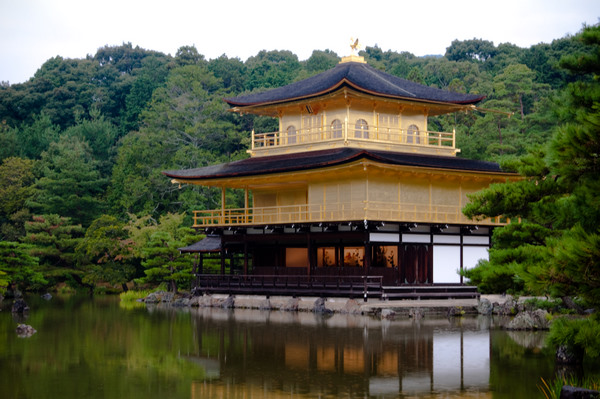
While in Kyoto, one of the places we saw was Kinkaku-ji – the Temple of the Golden Pavilion. The Golden Pavilion is a Zen Buddhist temple, and the original Kinkaku-ji was built in 1397 as a retirement villa for Shogun Ashikaga Yoshimitsu. He intended to cover the exterior of the building with gold, but only managed to coat the ceiling of the third floor with gold leaf before he died.
After Ashikaga‘s death, his son converted the building into a Zen temple. Over the years, the temple was burnt down and restored several times (the story of temples and shrines in Japan, huh!).
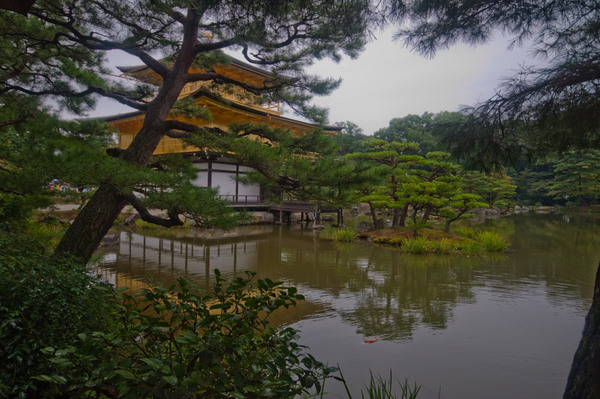
The present structure dates from 1955, and was rebuilt true to the original except that both the upper stories were covered in gold leaf, in accordance with Ashikaga’s original intentions. In 1987, a new lacquer coating and gilding with golf leaf was added that was five times thicker than the original coating. It’s a beautiful complex, with the Golden Pavilion situated in its garden at the edge of a lake, and is VERY popular for school excursions. In fact, the day we visited, there were hundreds of school kids there in their uniforms. As mentioned in previous Japan posts, we were “shrined/templed out” well before we reached Kyoto, but the Golden Pavilion was a worth while visit. It was really beautiful, despite the hordes of school children (okay, they were kind of cute).
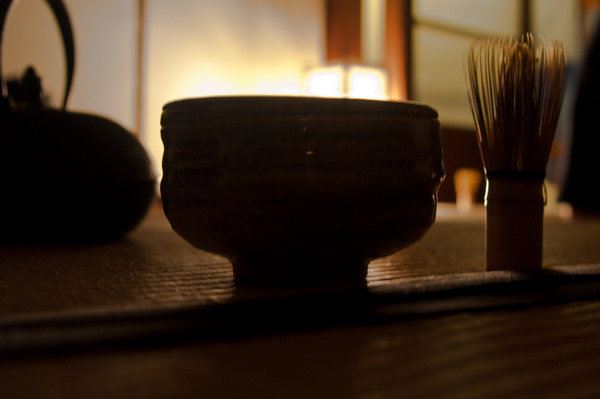
Tea bowl and bamboo whisk
While in Kyoto, we also attended a tea ceremony demonstration.
The Japanese tea ceremony is a traditional ritual that involves the preparation and presentation of matcha, powdered green tea. The development of the ritual was influenced by Zen Buddhism, and the tea is prepared by a skilled practitioner and served to a small group of guests. The setting is very important, as is the preparation of the tea, and the study of tea ceremony takes many, many years.

We entered the small, tatami lined room, and took a seat by the wall. To one side was an open door, that lead out to a small Japanese style garden. It was raining that evening, so we could hear the pitter patter of the falling rain as our kimono-clad host outlined the ritual behind the tea ceremony. She explained to us the importance of the setting, drawing our attention to the calligraphy in the scroll alcove, and the simple flower arrangement nearby. She told us that the scroll and the flower arrangement are always carefully chosen to set the mood and the atmosphere of the tea ceremony.
The tea ceremony consists of many steps, and the guiding philosophy rests on four important principles: harmony, respect, purity and tranquillity. Our host described how tea ceremonies are normally run – there can be shorter ceremonies that consist of sweets, tea and sometimes a light meal, while there are more formal gatherings that include a full-course kaiseki meal that can last up to four hours.
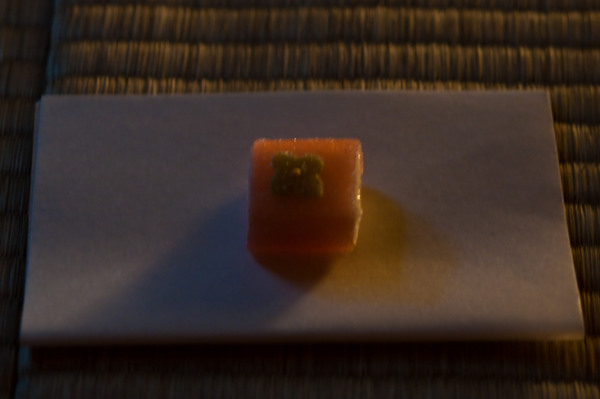
We were all given a sweet to eat. The sweet is eaten before drinking the tea, as it helps to counteract the bitterness of the tea. Our host explained the importance of the equipment used in the ceremony. A wide range of equipment is available, and different styles are used for different events and in different seasons. The essential equipment included tea bowls, a tea caddy which holds the powdered tea, a tea scoop which is generally carved from a single piece of bamboo, a tea whisk, also carved from a single piece of bamboo, and a cloth used for wiping the tea bowls. All different sizes and styles of tea bowls are available, and some bowls are extremely valuable. Slight idiosyncrasies and flaws in the bowls are considered to make bowls more interesting than another and are prized.
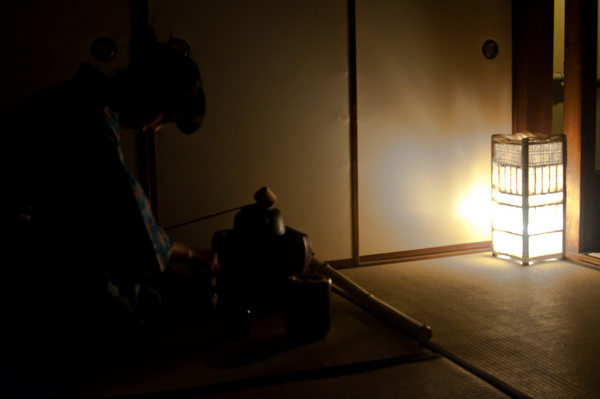
Our host started the tea ceremony demonstration, her movements slow and considered. Everything was done with great care, whether it was wiping all the utensils, folding her cloth, scooping tea into a tea bowl, adding water, and whisking the tea until it was thick and frothy. It’s hard to describe exactly what it was like – her movements were almost like a dance, they were so exact and smooth. The room was dim and silent apart from the sound of falling rain. It was incredibly atmospheric!
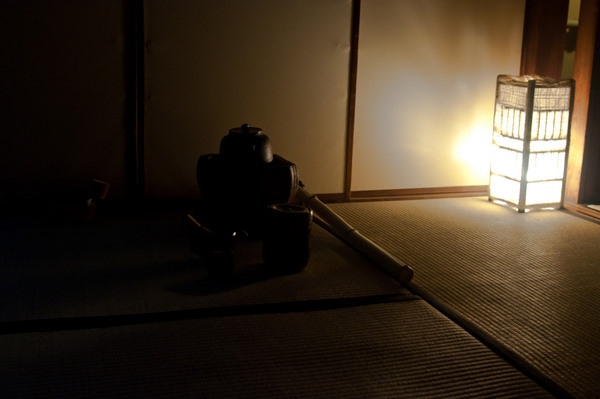
We had an opportunity to try whisking the tea before tasting it. Whisking it to a smooth froth was harder than it looked and my tea ended up still a bit clumpy. The tea was quite bitter and also quite thick, similar to the thickness of a milkshake. Definitely not something that you would drink every day.
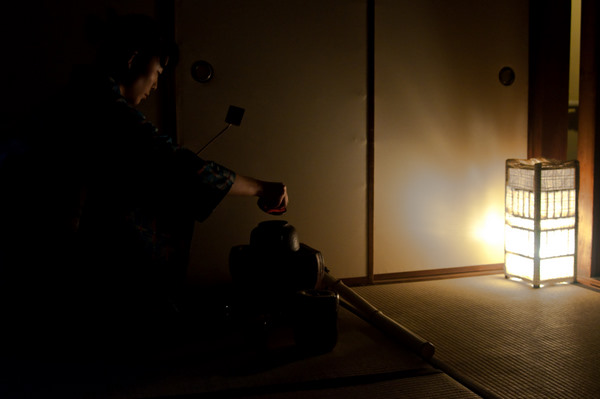
I loved the demonstration. It was fascinating to watch our host prepare the tea, and learn about all the thought and ritual behind it. After the demonstration, Alastair and I wandered back out into the rain, feeling a bit more tranquil. It was well worth the experience.


